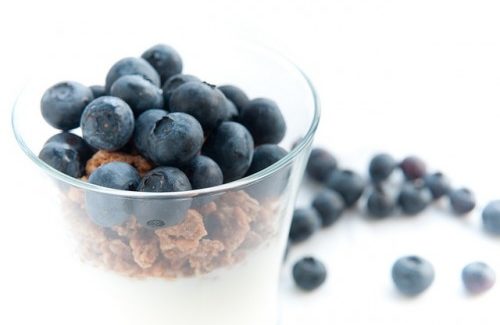
Biotics Unite
You’ve probably heard about the importance of keeping your digestive tract healthy and the role different foods can play in our diet. Probiotics often take center stage in these conversations, but it’s important to remember their partner, prebiotics. Best Food Facts registered dietitian Sarah Downs helps us learn more about these functional foods.
What are prebiotics and probiotics? What’s the difference between the two?
Prebiotics are non-digestible food ingredients that are linked to helping promote the growth of “good” bacteria in your digestive system. Probiotics are live cultures or “good bacteria” that can help balance the gut or intestinal flora — the complex community of microorganisms that live in our digestive tracts. The most simple way to describe prebiotics and probiotics is that the prebiotics (pre=before) are what feed the probiotics and good bacteria. The two work together and are often referred to as synbiotics.
What are the health benefits of each?
Prebiotics are principally involved in promoting the growth of beneficial bacteria in the gut, but they have also been shown to increase the absorption of certain minerals like calcium and magnesium. Probiotics, most notably Bifidobacteria and Lactobacilli, may help to balance the intestinal flora and improve immunity. There are currently many investigations and studies under way looking into additional health benefits probiotics may provide.
Why is “gut health” so important?
The bacteria that live in your gut and your health have a mutually beneficial relationship. We give them a place to live (the GI tract) and, in return, they help regulate our immune system, keep our digestive system healthy and protect us from some of the bad bacteria. There has also been a lot of recent research that found a strong connection between our bacteria and many different diseases, including obesity and many gastrointestinal diseases.
What are some foods that probiotics and prebiotics are found in?
Probiotics: These are found in certain yogurts, other cultured dairy products (like kefir), and fermented foods like kimchi, sauerkraut, tempeh and miso.
Prebiotics: Prebiotics include fructooligosaccharides, such as inulin and galactooligosaccharides. This includes bananas, onions, garlic, leeks, asparagus, artichokes, soybeans and whole-wheat foods.
Because they make the perfect pair, it’s important to eat probiotic and prebiotic foods together. For example, a smoothie with bananas and kefir!
Image: “Yogurt parfait with blueberries” by Pen Waggener is licensed by CC BY 2.0.


























